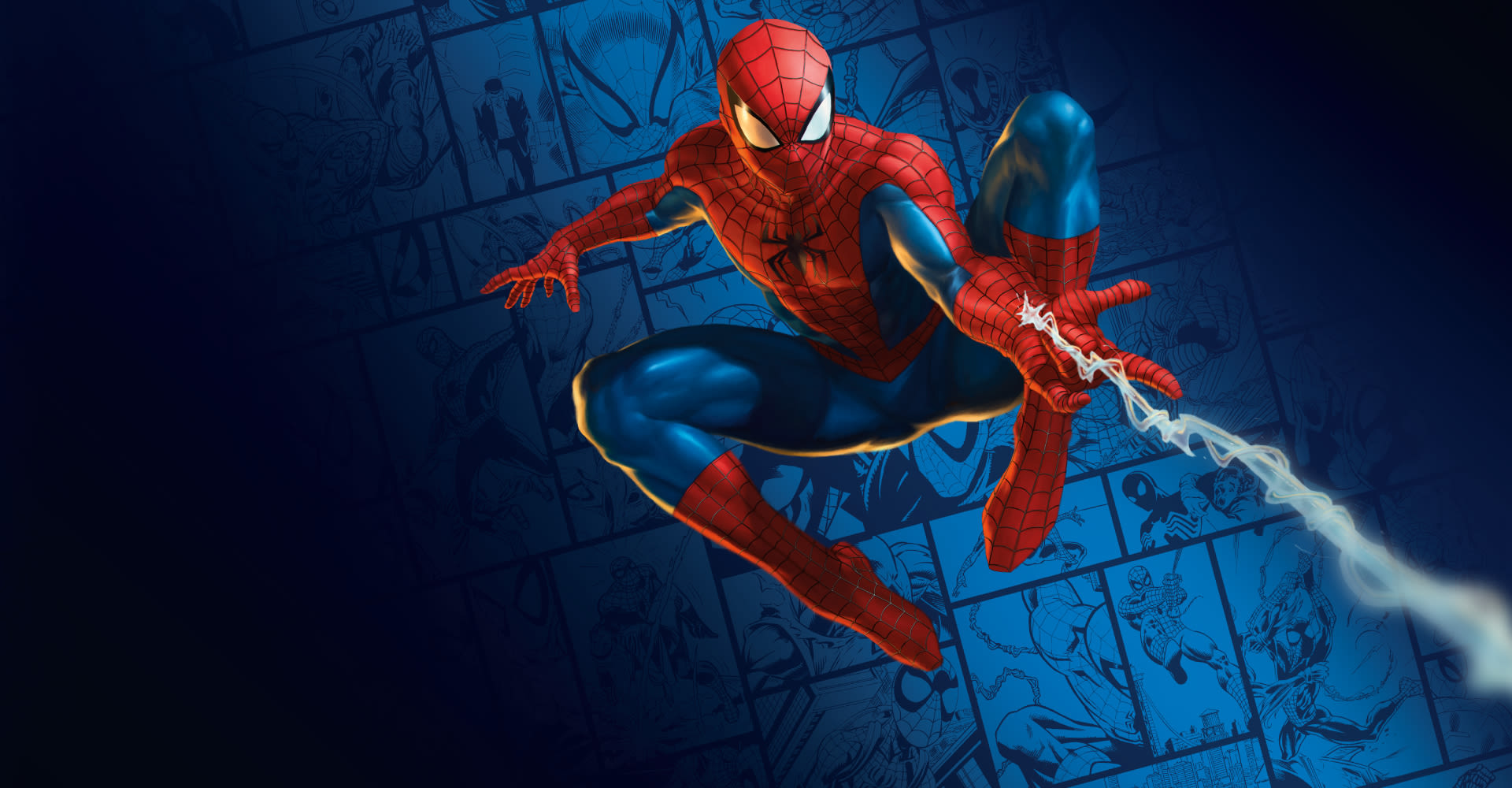When the enchanting worlds of Magic: The Gathering and Marvel’s Spider-Man decided to embark on a crossover journey, it seemed destined to capture the imagination of a wide audience. After all, Spider-Man isn’t just a superhero; he’s an icon capable of swinging new players into the realm of magic effortlessly. In theory, it was a promising plan—a potent on-ramp for newcomers and a bountiful feast of fresh fantasy for veteran players. However, the reality spun a slightly different web.
At the outset, the anticipation was palpable. Yet, as things tend to do, the crescendo of excitement plummeted into hushed whispers during prerelease events. Several shop owners, standing amidst bustling game aisles, linked this premature lull to hefty price tags, a general Marvel fatigue, and players anchoring their resources in preparation for other game scenes. This disparity between expectation and experience weaves through every strand of this tale.
So, how did we end up with a set that bifurcates its appeal, enchanting collectors much more frequently than the gamers hungry for immersive draft tables and intriguing gameplay narratives?
Diving into the design process provides some insight. Wizards, the masterminds behind Magic: The Gathering, initially envisioned this creation as a concise, Commander-focused supplemental set—a cozy collection of around 100 cards, never intended for drafting. Yet, owing to previous lukewarm responses to mini sets of its ilk, they ambitiously expanded Spider-Man into a Standard legal creation ripe with 188 cards, all within the same development timeframe. Such a quickscale shift inevitably leaves visible seams, and here, one can see the stitches.
Despite its 188-card inventory, this set comes off as sparse when compared to more robust Standard releases. The usual spread of ten draft archetypes has been compressed to five, a reduction that tightens the replay value. A noticeable deluge of Spider Human Hero legends also exists, each a subtly different read yet strikingly similar in play, causing the newness of the experience to dissolve faster than one might hope. This leads to a Limited environment marked by repetition and a Constructed card pool that feels somewhat light and tentative.
The digital domain isn’t without its quirks either. On Magic Arena, a digital platform, adjusted card art and names pose extra challenges for fans who oscillate between virtual and tabletop experiences.
However, flip the page to the collectors’ side, and the story takes a brighter turn. Here, the set truly dazzles, delivering exactly the kind of thrill collectors hope for. Take, for instance, the elusive Soul Stone—it’s not just an indestructible artifact at two mana making waves on game boards; it’s a glittering attraction in binders, catching eyes with its regular and Cosmic Foil incarnations, the latter earning an elite status due to its rarity. Clearly, there’s a lottery allure to such flamboyant prints, pulling many into their orbit.
Delightful card designs punctuate the collection without descending into pure hype. Anti-Venom, the Horrifying Healer, elegantly complements white and black Commander decks that emphasize reanimation and life manipulation. Electro, the Assaulting Battery, furnishes red decks with the flexible mana and reach they need to triumph. Gwenom, Remorseless, promises a creature version of Bolas’s Citadel, transforming life into card magic with aplomb. Meanwhile, Spectacular Spider-Man, armed with flash and a protective sacrifice mode that renders your team hexproof and indestructible, injects interaction and drama into the format seamlessly.
Nevertheless, lurking within the shadows of these triumphs are cards that struggle to stand out, fading into a miasma of similarity. The abundance of nearly indistinguishable Spider variants blurs the perceived value that a legendary card should bestow. Sometimes, the names fall flat. Morbius, for one, comes off as awkward and ineffective. Even the main act, Peter Parker himself, possesses surprisingly subdued power for one of Marvel’s most esteemed faces. Occasionally, the color pie selections disrupt flavor consistency, such as when Miles Morales, traditionally seen in contrasts of red and blue, emerges draped in green for certain mechanical adjustments, contradicting long-held character interpretations.
Drafting, a core mechanic for many, also hits a snag. Drafts crave clear archetypes and distinctive play patterns, so that the experience doesn’t feel like a mere rerun by your fifth session. This set, with its trimmed-down archetypes, mechanical redundancies, and lack of engaging commons, fails to provide the required depth. Predictably, such shallowness sees players drifting away, ultimately leaving stores stocked with dormant decks, carefully crafted for audiences that seem to dissipate silently.
Spider-Man—as a Magic set—finds itself in an arena teeming with high expectations. Previous crossovers, like The Lord of the Rings and forthcoming Final Fantasy sets, have aced the challenge, crafting mechanics that echo their mythical origins while standing strong as independent formats. That’s quite the benchmark now, and while Spider-Man rallies with brand appeal, exciting chases, and noteworthy highlights, it doesn’t completely meet this new gaming standard.
Those who truly hit the jackpot with this collection are high-end collectors, sealed product speculators, and fervent fans of Spider-Man. They revel in the thrill of the limited edition chase, each shiny variant a potential treasure. Meanwhile, budget-conscious players, especially those enamored with Draft and Sealed formats, might feel neglected. Commander enthusiasts, however, are likely to find a small assortment of enduring cards for their decks.
For those pondering what to do with their precious currency in light of this release, a pragmatic approach beckons: purchase singles. Craft your wish list, target cards that either enhance your decks or adorn your collections, then strike. If you’re inclined to gamble, proceed with the awareness that the set’s value nodes are laser-focused on the ultra-rare editions of select cards.
Among my personal notes are reminders to anticipate a shallow Limited experience and thus avoid overcommitting to continual drafts at familiar venues. The Soul Stone epitomizes both a valuable gaming piece and a collector’s dream, a rare synergy. Seize cards like Anti-Venom, Electro, Gwenom, and Spectacular Spider-Man—all assured hits for consistent play. Variation in flavor and color choices suggests a collection crafted more for display than gameplay in some respects. Moreover, remember that discrepancies between Arena’s digital offerings and tabletop variations may frustrate dual-platform enthusiasts.
Ultimately, those arriving with anticipation for a multifaceted, replayable Limited engagement might walk away feeling unsatisfied. But for anyone seeking to track down a couple of marquee moments or spice their Commander games, Spider-Man’s world provides snippets of satisfaction without necessitating a stockpile of sealed packages.





